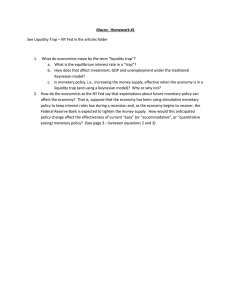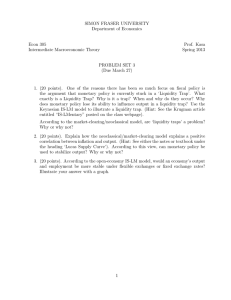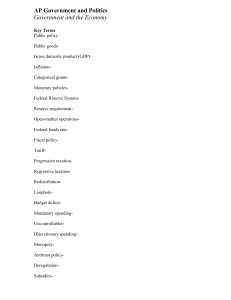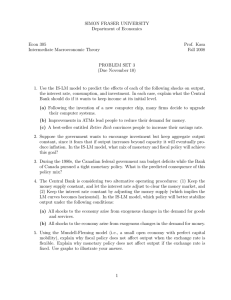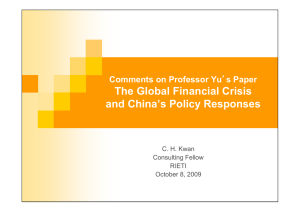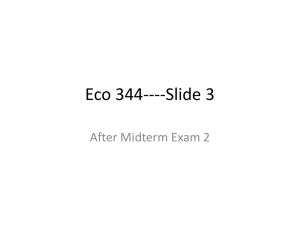Proceedings of International Business and Social Sciences and Research Conference
advertisement
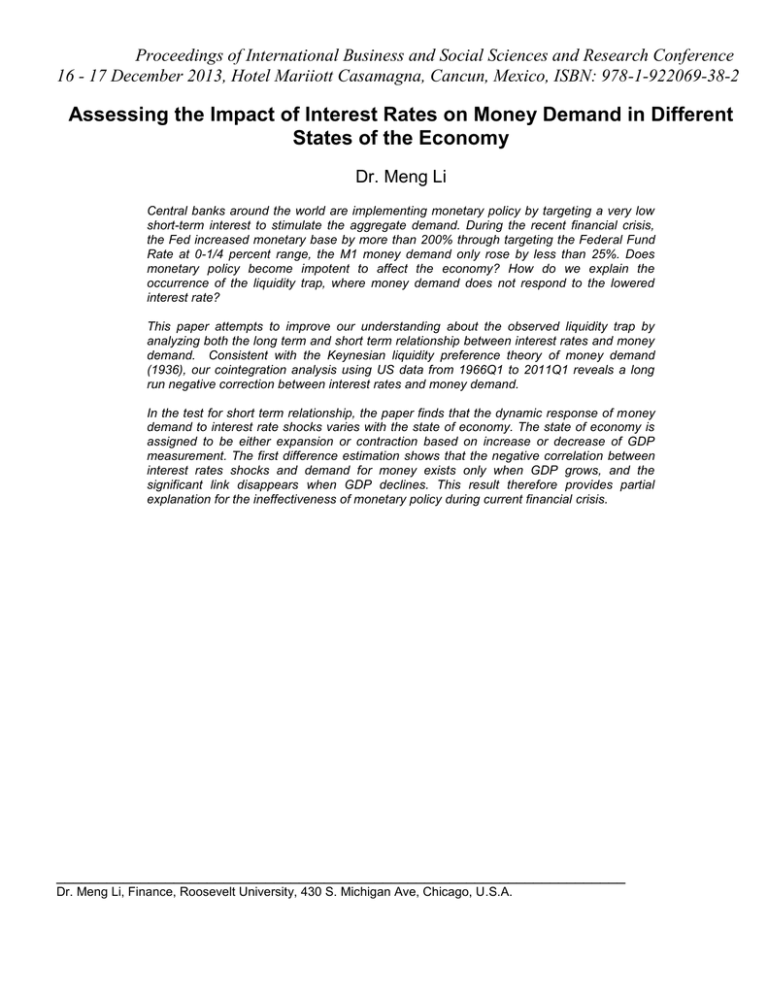
Proceedings of International Business and Social Sciences and Research Conference 16 - 17 December 2013, Hotel Mariiott Casamagna, Cancun, Mexico, ISBN: 978-1-922069-38-2 Assessing the Impact of Interest Rates on Money Demand in Different States of the Economy Dr. Meng Li Central banks around the world are implementing monetary policy by targeting a very low short-term interest to stimulate the aggregate demand. During the recent financial crisis, the Fed increased monetary base by more than 200% through targeting the Federal Fund Rate at 0-1/4 percent range, the M1 money demand only rose by less than 25%. Does monetary policy become impotent to affect the economy? How do we explain the occurrence of the liquidity trap, where money demand does not respond to the lowered interest rate? This paper attempts to improve our understanding about the observed liquidity trap by analyzing both the long term and short term relationship between interest rates and money demand. Consistent with the Keynesian liquidity preference theory of money demand (1936), our cointegration analysis using US data from 1966Q1 to 2011Q1 reveals a long run negative correction between interest rates and money demand. In the test for short term relationship, the paper finds that the dynamic response of money demand to interest rate shocks varies with the state of economy. The state of economy is assigned to be either expansion or contraction based on increase or decrease of GDP measurement. The first difference estimation shows that the negative correlation between interest rates shocks and demand for money exists only when GDP grows, and the significant link disappears when GDP declines. This result therefore provides partial explanation for the ineffectiveness of monetary policy during current financial crisis. ____________________________________________________________________ Dr. Meng Li, Finance, Roosevelt University, 430 S. Michigan Ave, Chicago, U.S.A.

